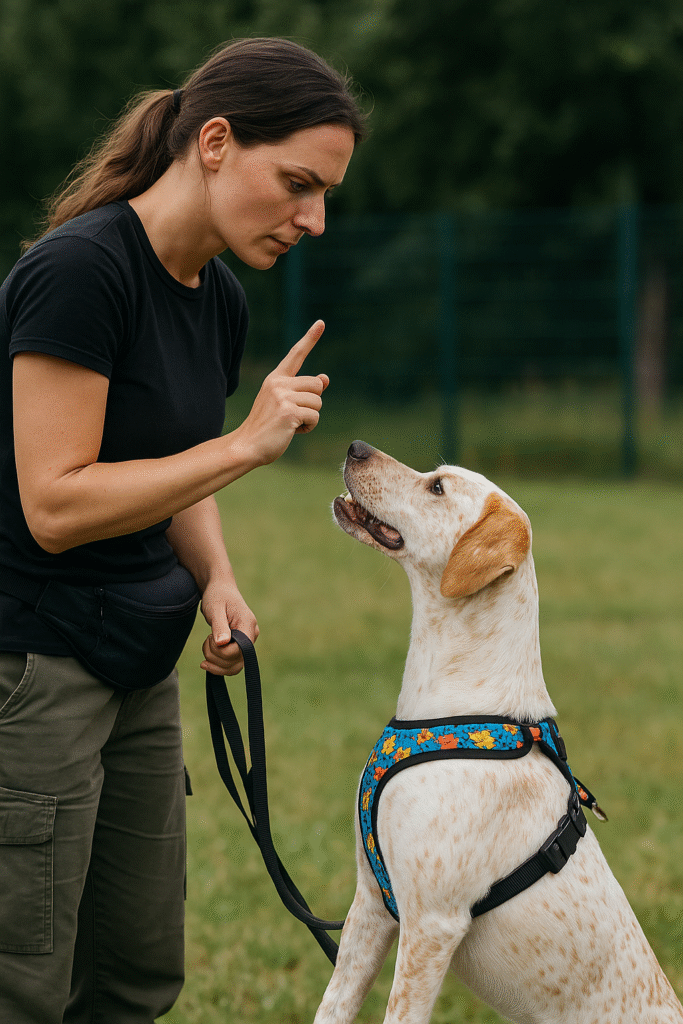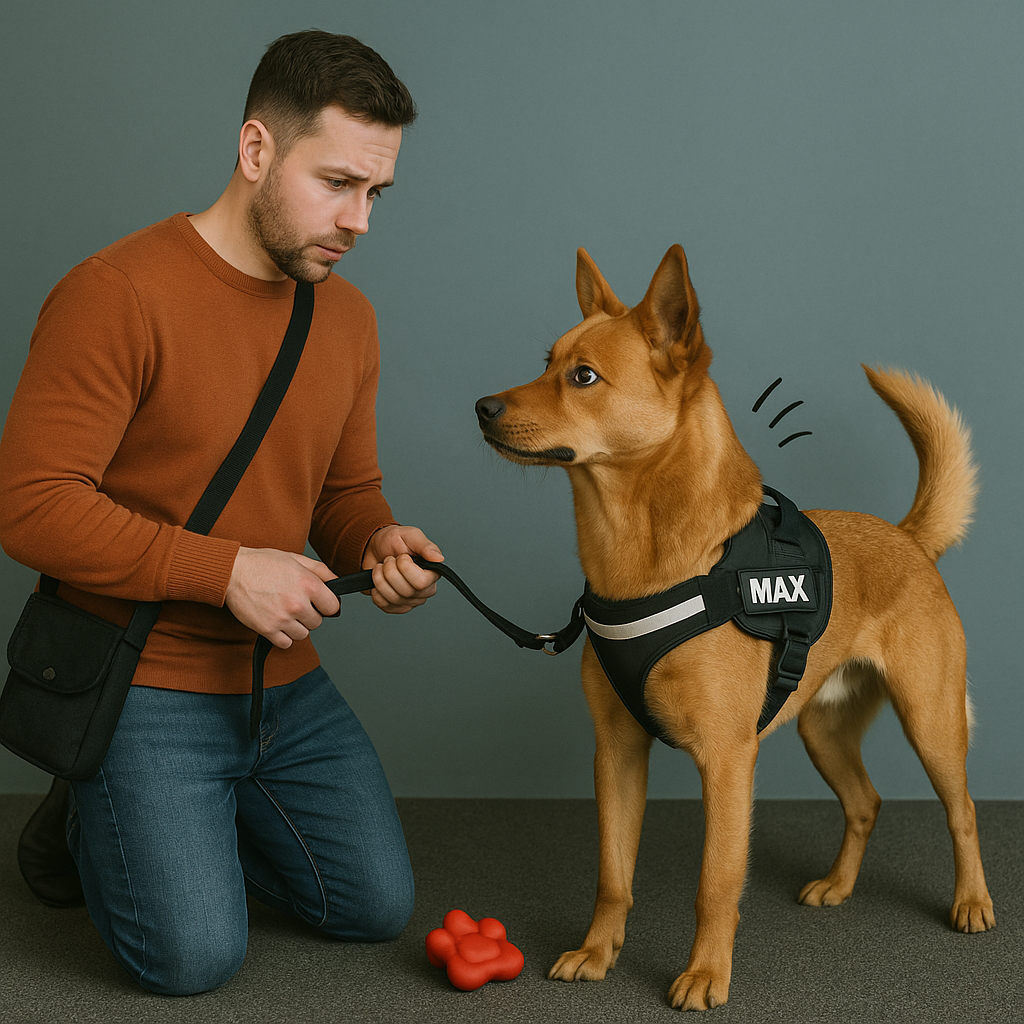Misreading dog signals during leash walks or training with collars and harnesses can induce fear, stress, or even provoke aggressive behavior. Observational acumen makes all the difference.
Proficiency in understanding dog body language empowers you to select the appropriate tools—such as harnesses, collars, leashes, and toys—for fostering trust-based communication and enhancing overall behavior.
Seeking to minimize confusion and enhance your training success? Let's unravel your dog's signals.

What Do a Dog’s Ears, Tail, and Posture Really Say?
When walking your dog using a dog leash and collar or the best puppy harness, it's crucial to closely observe their posture. A relaxed tail and soft ears signal comfort. Conversely, tension in the leash, coupled with a stiff body or a raised tail, may indicate overstimulation or anxiety. The use of a small dog harness for petite breeds can aid in distributing pressure more evenly than a collar, thereby reducing fear. Keep an eye out for signs such as side glances, tucked tails, or a lowered body posture—these often denote discomfort. Introducing squeaky dog toys during calm moments can foster positive associations with walking tools.

Why Do Some Behaviors Lead to Miscommunication?
A wagging tail isn’t always indicative of a friendly demeanor—context is key. While walking dogs with a dog harness with a handle, owners may sense increased control, but if the dog stiffens or consistently looks back, the fit could be incorrect. Employing a dog harness with a name can provide assurance, yet it should not impede natural movement. Ill-fitting dog collars and leashes that are too tight or heavy can trigger resistance and bewilderment. It's important to refrain from using pressure-based gear like a dog shock collar without comprehending emotional cues, as it may stifle behavior rather than addressing its underlying cause.

How Can You Apply Body Language Reading in Everyday Training?
Effective training commences with empathy. If your dog exhibits resistance to the service dog harness, be attentive to signs of physical discomfort or mental stress. While engaging in walks or exercises with a hands-free dog leash or a dog leash for running, take note of alterations in stride, head movements, or frequent halts—these often denote confusion or hesitation. Consider transitioning to a breathable harness for dogs that facilitates unrestricted movement. Substituting stern corrections with rewards such as indestructible dog toys or dog puzzle toys when your dog conveys calm signals can be advantageous. It's advisable to refrain from escalating tension with tools like a dog training collar, dog e-collar, or tactical dog collar unless you have accurately gauged your dog’s state. Gentle, composed conduct can be reinforced with a high-quality leather dog collar and positive interactions.
Summary
Select the appropriate tools and stay attentive to the signals. Understanding body language paves the way for improved behavior.

Cindy Long is the Sales Manager of Raysunpets and a pet lover with over 12 years of experience in exporting pet products. She specializes in providing customized dog chest carriers, leashes and pet accessory solutions for the European and American markets, always focusing on the real needs of customers and pets, and is committed to creating high-quality, practical and comfortable products that allow fur kids to live happier lives.


